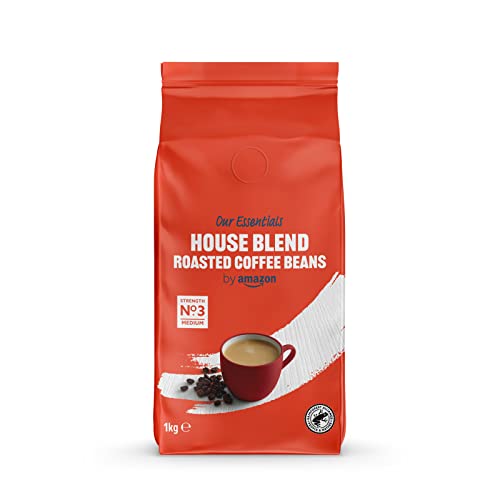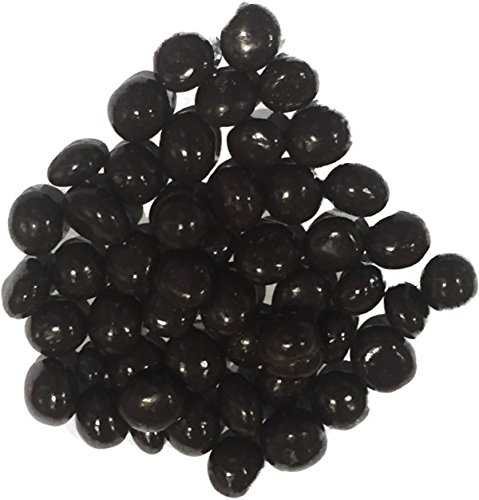The 12 Most Unpleasant Types Of Coffee Beans Types The Twitter Account…
페이지 정보

본문
 Coffee Bean Types: Arabica, Robusta, Liberica, and Excelsa
Coffee Bean Types: Arabica, Robusta, Liberica, and ExcelsaYou've probably heard that different varieties produce distinct flavors. Learn about four of the most common varieties: Arabica. Robusta. Liberica. and Excelsa.
 Excelsa beans, a type Liberica that is grown only in Southeast Asia. They have a fruitier, tarter flavor profile and are often utilized in blends of coffee to add depth.
Excelsa beans, a type Liberica that is grown only in Southeast Asia. They have a fruitier, tarter flavor profile and are often utilized in blends of coffee to add depth.Arabica
Arabica is the most sought-after coffee in the world, making up 75% of global coffee bean production. Arabica beans are softer and sweeter than Robusta, and come in various flavour profiles. The aroma and taste of coffee are influenced by the conditions under which it is grown as well as the methods of processing used.
The word "coffee beans online" actually originates from the Arabic word for berry, and organic coffee beans beans are actually fruit seeds that grow inside bright red berries. It is believed ancient Ethiopian shepherds noticed that their goats were energized after eating the fruits. The cultivation of coffee spread quickly around the world.
Coffee beans can be grown at higher altitudes, and they are capable of thriving when exposed to cold temperatures and plenty of rain. This is the reason Arabica coffee is believed to be the most delicious kind of coffee.
Many specialty coffee roasters and shops concentrate on the ethical source of their arabica beans by focusing on fair wages for farmers and sustainable farming practices. These companies blend arabica beans in order to create unique specialty coffees that can be used in various brewing methods. Blending can be used to control the flavour, aroma, body, and acidity of the coffee and is frequently preferred to achieve a consistent and balanced taste that appeals to a wider market.
Robusta
Robusta beans (Coffea canephora) are the second most widely used type of coffee bean cultivated worldwide. They have more caffeine per bean and are more resistant against pests and diseases. They also contain higher levels of chlorogenic acids, which are naturally-occurring antioxidants. However, these acids could cause oxidation during the coffee brewing process and may result in undesirable flavors.
The plant is more robust than the arabica and can be grown in less favorable climates. It can tolerate higher temperatures and thrives in direct sunlight. It produces more coffee per plant and is growing faster than arabica. This makes it a more cost effective crop to grow.
While it might seem contradictory Robusta beans are frequently mixed with arabica to create coffee blends. If you've noticed the names of countries like Uganda or Kenya listed on a coffee bag it's likely there's some Robusta in there too.
While some roasters exclusively use arabica beans, the majority use blend both varieties to lower costs and ensure quality. To ensure the integrity of the flavor you should select the best quality beans from a reliable source. The best method to do this is to buy your beans directly from the farmer.
Liberica
Liberica beans are more or less football-shaped that makes them different from other types of coffee beans. They have a smell that is fruity, floral and smoky. They are paired with other types of coffee beans to give them a richer and more robust taste.
Liberica coffee beans are grown in West Africa and Malaysia (Borneo) as and in Southeast Asia. They can be found at low altitudes, and they can tolerate hot, humid climates. They also have a better resistance to diseases than Arabica and Robusta.
These qualities make them ideal for growing at home. Online, you can purchase the seeds from various sources. However, it is ideal to purchase the beans from local producers in order to ensure the highest quality. The best growing conditions for Liberica coffee plants include fertile deep volcanic soils that have moderately acidic pH as well as sufficient annual rainfall.
Excelsa is a different kind of coffee bean. It was once classified as a separate species, but has now been reclassified as a Liberica variant. These coffee beans are ovals that are grown on large 20-30 foot coffee beans bulk buy plants that are located at medium altitudes. They have a distinctive taste that is both fruity and tart and makes them a popular choice in house blends. They are also lighter on scent and caffeine than Arabica and Robusta yet still have a distinctive depth of flavor.
Excelsa
Although they're the fourth most coveted type of coffee beans Excelsa beans aren't as readily available as Arabica or Robusta. They were considered to be a different coffee plant species until 2006, when they were classified as a synonym for Coffea Liberica var. dewevrei. Today, they're grown mainly in Southeast Asia and account for 7 percent of the world's coffee production. The coffee beans are distinctive with a teardrop-shaped shape and possess a dark, mysterious taste. They're frequently used in blends to give extra body and a rich tart, ripe fruit flavor.
Arabica beans are the most well-known and are renowned for their sweeter flavor. They grow best at high altitudes and have warm, tropical climates. They have a little acidity. If they are brewed correctly and roast properly they may have notes like nuts, chocolate or even fruit.
Robusta is the second most-loved coffee in the world, and is responsible for around 40% of all coffee consumed around the world. Robusta is rounder and smaller, but contain twice the amount of caffeine as Arabica. They are also bitterer than the other two types and have a woody, earthy taste.
Now that you know the four most popular types of coffee beans and the four most popular types of coffee beans, it's time to select your perfect brew. If you prefer smooth and delicate flavors pick an arabica or a blend comprised of arabica beans and robusta beans.
- 이전글The Top Drip Coffee Experts Have Been Doing 3 Things 24.08.27
- 다음글Check Out: How Pushchair Sale Is Gaining Ground, And What To Do 24.08.27
댓글목록
등록된 댓글이 없습니다.




